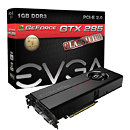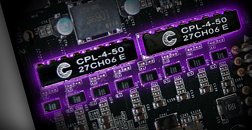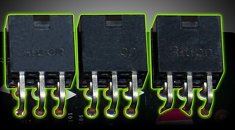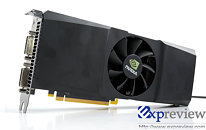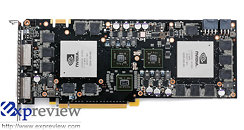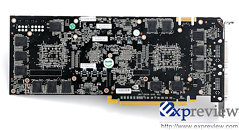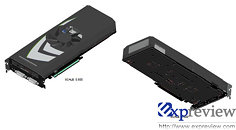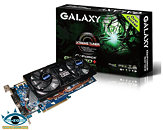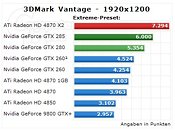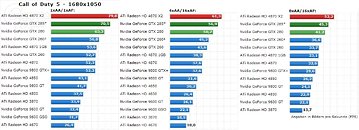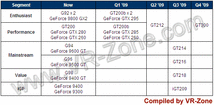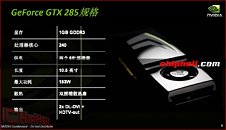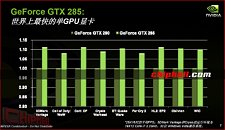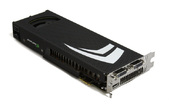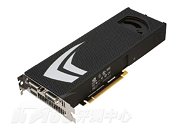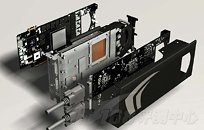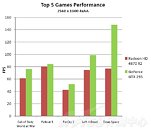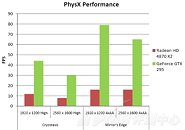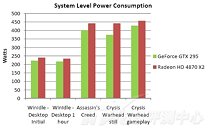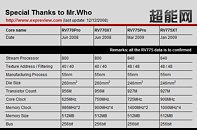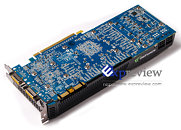
EVGA and NVIDIA Design Unique Multi-GPU Graphics Accelerator
EVGA and NVIDIA are readying a unique multi-GPU graphics accelerator this Halloween, slated for October 30. To celebrate its launch, the two have organized a launch party for 300 lucky participants who will go to the NVIDIA Plaza in Santa Clara, CA and witness the launch of the new GeForce product. The accelerator packs two GPUs: a G200b, and a G92b. That's right, a GeForce GTX 200 series GPU, with a GeForce GTS 250 GPU. This is perhaps the first graphics accelerator to pack two entirely different GPUs. How it works, however, is interesting: the G200b GPU handles graphics, while the G92b is dedicated to PhysX processing. The accelerator could have 896 MB of graphics memory, with 512 MB of dedicated memory for the PhysX GPU. You can sign up for the event here.

